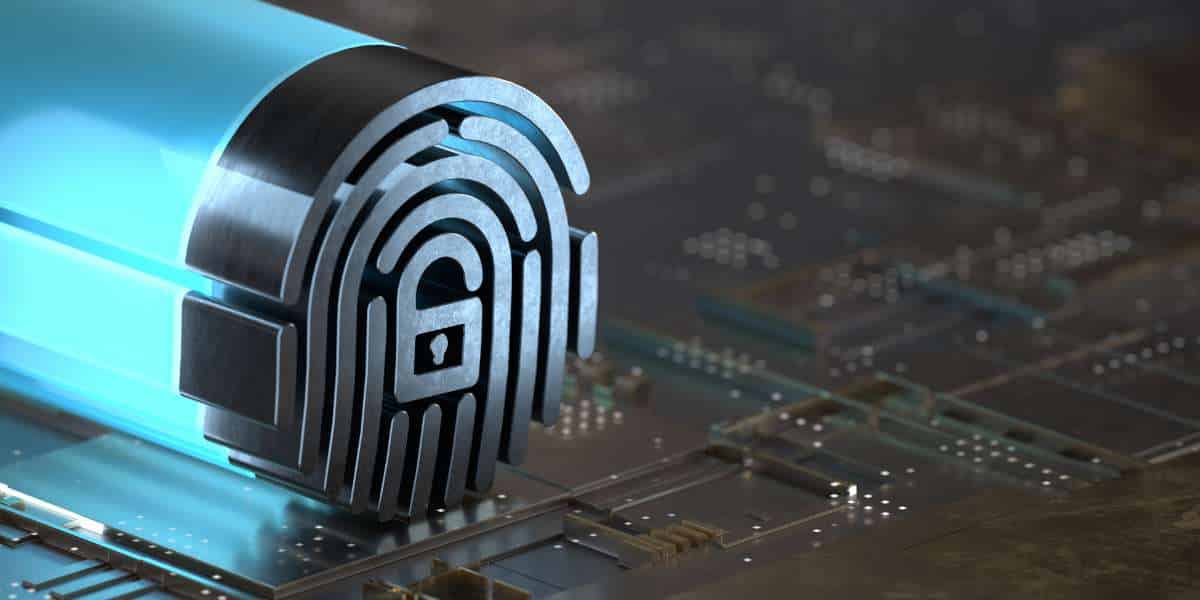
27 Oct Essential Tips for Cybersecurity Awareness Month
One crucial part of Cybersecurity Awareness Month is taking important steps to fundamentally improve personal and professional security. Whether that’s education about specific topics, onboarding new software, using different hardware devices, or otherwise interacting with cybersecurity-adjacent environments, it’s important.
But you don’t need an engineer’s understanding of IT to deploy good habits. Sometimes the best practices are the simplest. You would be surprised at how easy safety is – it just requires a bit of good judgment, common sense, and caution.
It’s All About Human Error
A majority of cybersecurity events are the direct result of human error. We’re fallible and prone to mistakes, shortcuts, and slips leading to cybersecurity problems. And there is nothing wrong with that. Hackers and threat actors spend enormous amounts of time working to compromise security systems, bypass filters, and steal your information. One wrong click from an email that appears trustworthy can result in a domino effect of security invasions.
Therefore, in celebration of Cybersecurity Awareness Month, we’ll focus on some essential, practical security tips.
Check Your Passwords
At the forefront of a good security habit is a strong password. You use them all the time, but without a complex login, threat actors have an easy time guessing passwords and compromising your files.
You can strengthen your password in a few ways: take advantage of suggested, complex passwords – often suggested by your browser of choice. Or, you can utilize a password manager if you’re concerned about losing track of different logins.
For good password construction, don’t rely on common names or guessable words/phrases. Mix up the password with numbers, capital letters, and randomized symbols. Always use pneumonic devices to help you remember certain passwords. And, if you’re really having trouble, consider investing in a password manager.
Avoiding Phishing Scams
Phishing and social engineering are prominent methods used by hackers. Why spend time attempting to crack rigorous anti-virus measures when simply stealing login or passwords is the easier solution?
That’s why dodging phishing emails – or phishing attempts – is important for personal and professional security reasons. The best way to do this is by identifying potential phishing emails before they can cause harm. There’s an easy way to do this, referred to as the “SLAM Test.”
In short, it’s a verification list: Sender, links, attachments, and message(s). Who is the sender? Does the content contain any links or attachments? And what does the message involve? This shortlist of verification techniques allows you to sniff out whether the email (or SMS message) is valid. You don’t always have to do it, but when you suspect something is off, keep the SLAM test in mind.
Start Using MFA
Have you deployed MFA across your devices? Are they part of your business operations? If the answer is no, then the next tip is going to sound obvious: yes, it’s time to utilize MFA (multi-factor authentication).
MFA is a great and easy way to bridge shortcomings in cybersecurity or for personal data protection. It adds an additional layer of protection via one-time use authentication codes which only you have access to (or should). When using MFA, you access a code (typically provided by a website or login prompt) that only you can see. This login token is a second step in security, right after a strong password. So, in the event a hacker potentially acquires your password, they still need the access token, which is inaccessible.
No Safety Without Backups
Never forget to backup essential data on external media devices and/or cloud storage. Despite our best efforts, threats to computer systems are numerous. Furthermore, human error or outright hardware failure can cause significant problems. Whether intentional or not, something will go wrong.
Backups, just as it sounds, will mitigate the potential data loss involved with any type of failure. Even better, the options for backups are numerous. Therefore, you won’t need to spend heavy capital for an effective form of backup.
Update and Encrypt
This one is a two-part tip: always update your apps and software, while encrypting data where possible. Updates secure your internet-facing apps. Anything outdated can fall prey to zero-day exploits or security gaps hackers readily take advantage of.
Encryption is also recommended, not only for data protection but privacy as well. How you encrypt is up to you, but typically this is accomplished by relying on a third-party vendor. Note, you don’t have to encrypt everything, just information/data you deem of critical importance.
Conclusion
That wraps up a handful of essential cybersecurity tips. As we finish up Cybersecurity Awareness Month, think about how you can improve and consider a future plan. Design goals both manageable and achievable. Who knows, in a year, you might be the next big cybersecurity expert!
Share this post:

Sorry, the comment form is closed at this time.